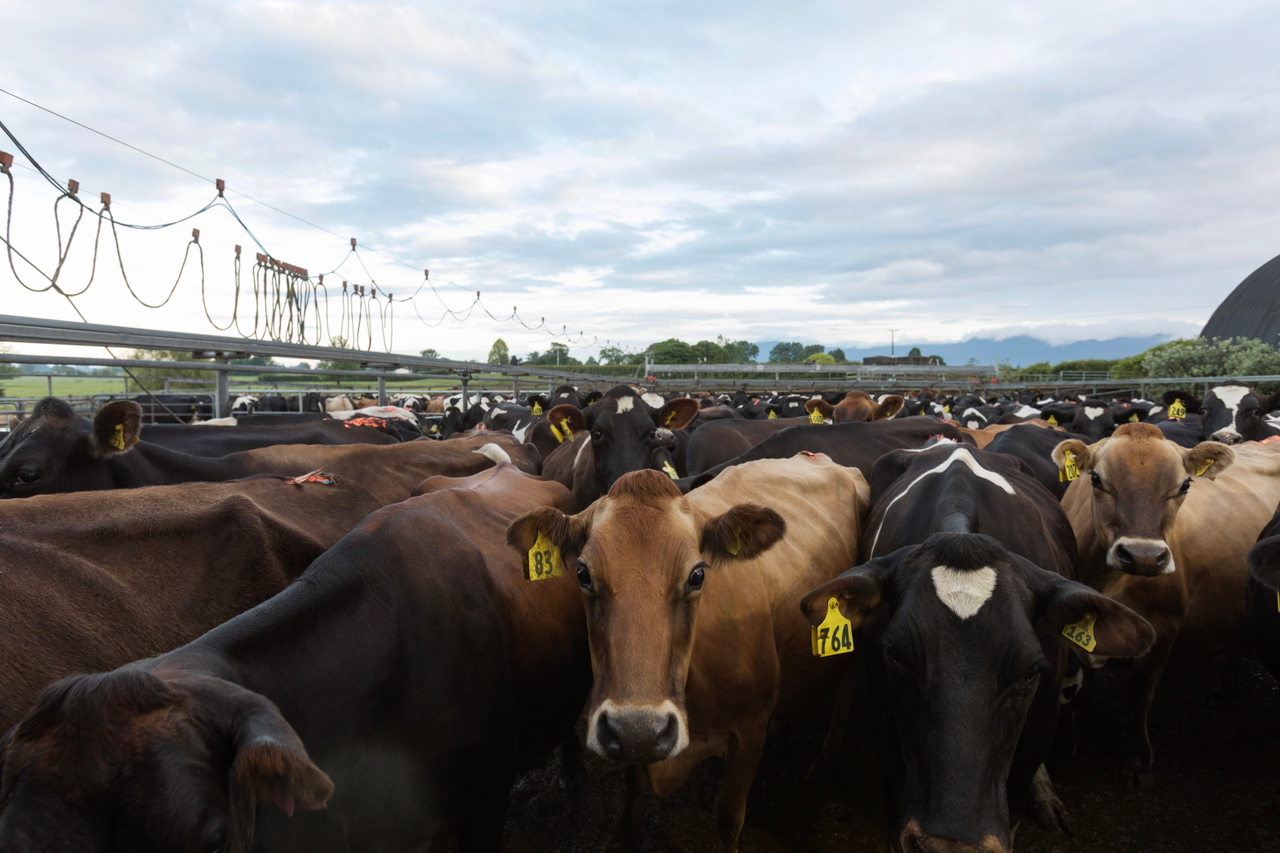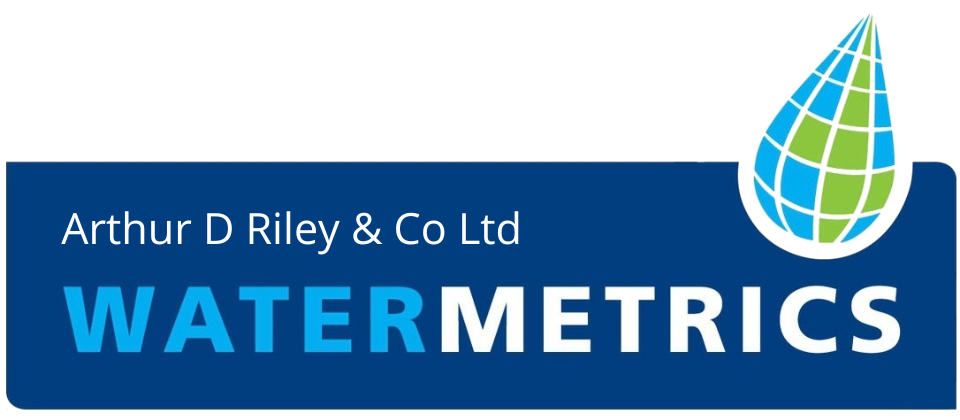The Added Value of Swan Systems in Dairy Support
Shayne Jones farms 440ha of light Lismore soil at Ealing in mid-Canterbury. The farm operates as a dairy support unit, wintering 4000 cows through June and July and grazing 850 yearling heifers over the whole year. Shayne also grows around 90ha of silage or specialist crop.
Shayne’s operation involves a significant amount of cultivation and seeding to ensure maximum production. In order for his grazing stock to be fed well and in a timely manner, irrigation is a crucial aspect of his operation.
-986.png?width=1280&height=853&name=Simon4(FarmHand)-986.png)
Using Swan Systems to manage water restrictions
To successfully grow winter feed crops, farmers must maximise irrigation during summer months when restrictions may apply.
Water for Shayne’s farm is supplied by the Mayfield Hinds Irrigation Scheme. It can be restricted when the source river drops below a certain level, which imposes limits on his irrigation. Shayne met this challenge by building a 5ha pond, effectively providing him with a nine day buffer if the water supply is restricted. The farm has three center pivots, with the balance irrigated by guns and rotorainer.
Shayne is in his third season using the Swan Systems programme as his irrigation manager and finds his management has changed for the better.
The importance of weather in irrigation planning
To irrigate properly and efficiently, it’s essential to know what’s coming out of the sky, what’s coming out the irrigator, and the effect of both on the soil.
Shayne has an automated rain gauge which gives rainfall accuracy close to the paddock. Most farmers rely on the Met Service or other weather forecasters to gain insights into coming weather, but they’re not connected to the crops requirement via an easy-to-see platform. Owning your own climate station only provides historic information; it doesn’t offer predictions and forecasts.
Getting a clear picture of the week ahead
Swan collects six weather features, including evapotranspiration and can predict up to seven days in advance. It uses computer sources to build a picture of the weather on the farm and updates every four hours. The result is an effective and accurate record of actual weather and what the week ahead looks like. This is not piecemeal and is easy to view.
Swan uses this information to build a calculation of the crops’ irrigation requirement. It does this by using the soil characteristics in respect to water holding capacity and drainage. Then it looks at crop stage, and its water requirement. An algorithm then calculates the next seven days’ water requirement to correctly water the crop. What this means is an easy and effective way to determine both the quantity of water required and its timing.

Gaining efficiencies and cost savings
A pasture or a crop responds to a constant level of moisture in its root zone as it reduces stress compared to drying quickly and having to recover. Soil probes provide information of where the moisture levels are, but on their own they don’t show where moisture will be. If you can predict that, you can intervene early if needed, meaning you can keep the moisture level up or far more constant with much less water - and this has turned into gold for Shayne.
Swan is set up on two of Shayne’s centre pivots, and he’s already noticing significant advantages.

Watermetrics has partnered with Swan Systems, a Perth based company with a long and successful history in providing software for water and nutrient management efficiency. Find Out More
Prior to using Swan, Shayne had to irrigate in summer to the full 5mm per ha per day that his irrigation system allowed. The pivot was operating seven days a week at that rate to keep up.
The Swan information has allowed for two of the seven days to be allocated to the guns, which previously he had to shut down for extended periods. Now, the whole farm is irrigated, and the gun areas don’t miss out.
Two days out of seven represents a 28.5% water saving, and Shayne explains that the pasture and crops are performing much better as a result.
He’s also benefitting from an early season advantage of knowing when to start irrigating to maintain all the free winter water.
Satellite information provide insights into soil moisture balance
Not only does Swan optimise water use and make irrigation management easier, it provides satellite information on the farm. This pictorial can be taken daily and gives both a depth of colour picture and soil moisture balance. Both identify areas on the farm where paddock weaknesses occur, which are not readily seen on a walkover. Various poor areas can be remedied at cultivation or with fertiliser variation. A crop index can be set for the growth of the crop, and if this index is not met, it pinpoints problems that can be remedied quickly.
Swan will also set out nutrient requirements of the crops grown and then calculate fertiliser applications and timing. This is invaluable for recording, and also ensures crops are properly fertilised in a timely manner.
What it comes down to is that implementing Swan Systems will ensure you’ll grow better crops with less water. And that translates not only to surety of income, but an increase in profits since you’re saving on water costs.
Shayne admits he has changed his thinking markedly on irrigation management and has learned a lot in his experience so far. He now views Swan as a vital tool in his farm management.
If you’d like to learn more about Swan Systems and how it can help you gain irrigation efficiencies and save on costs, contact:
Richard Campion Agronomist
021 199 1260
richard.campion@watermetrics.co.nz
